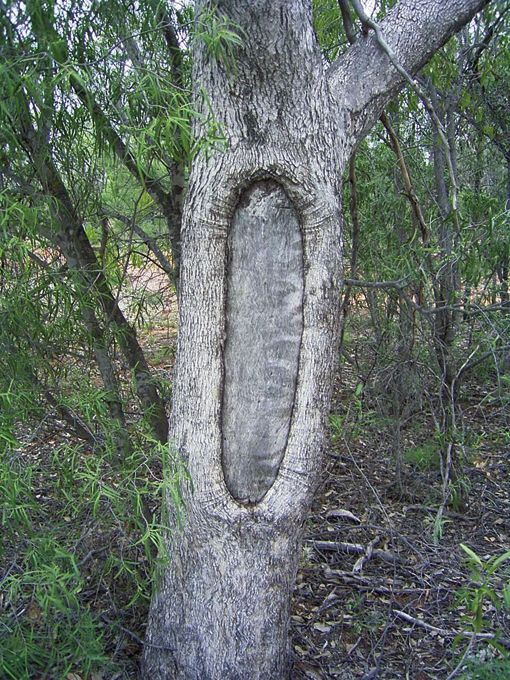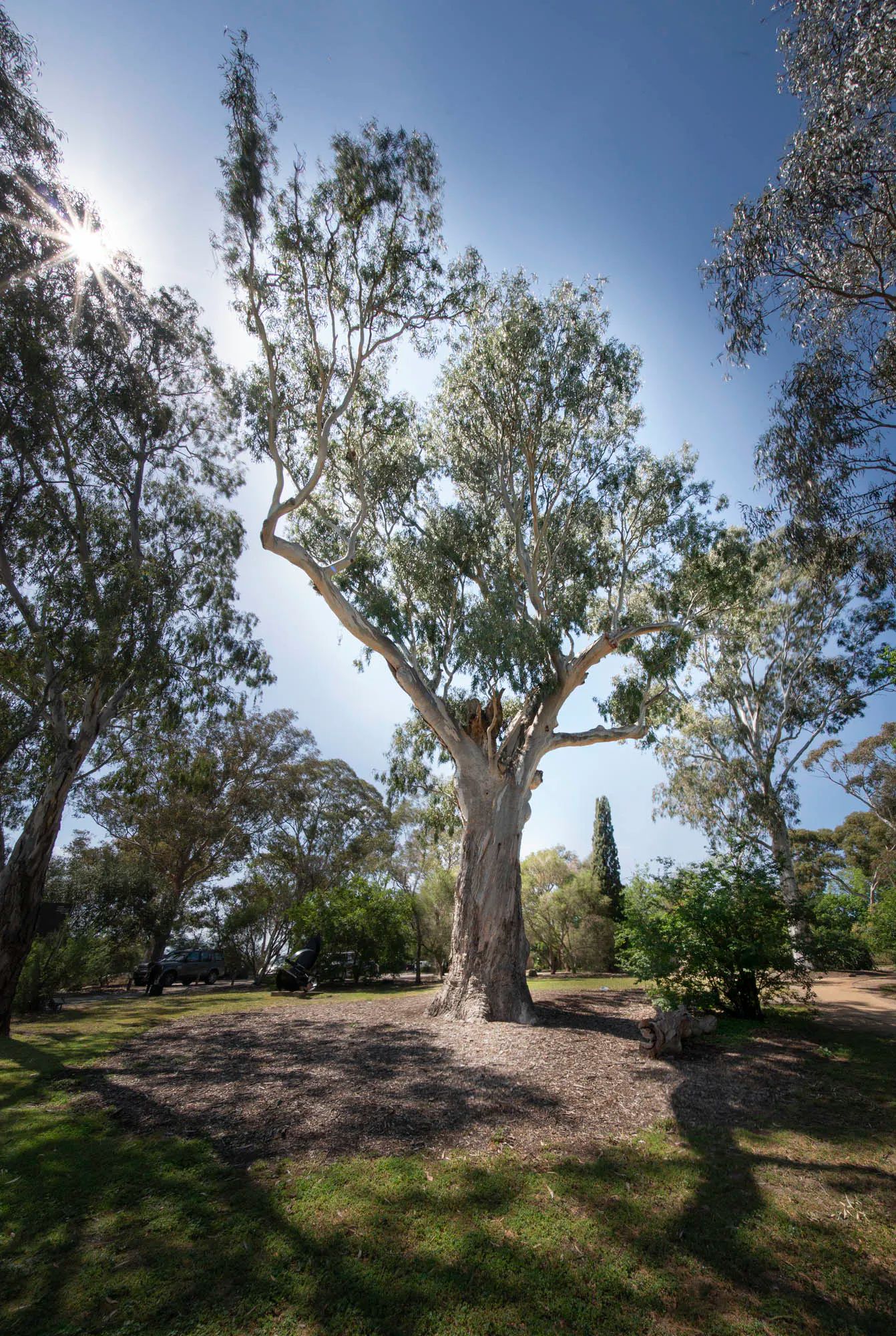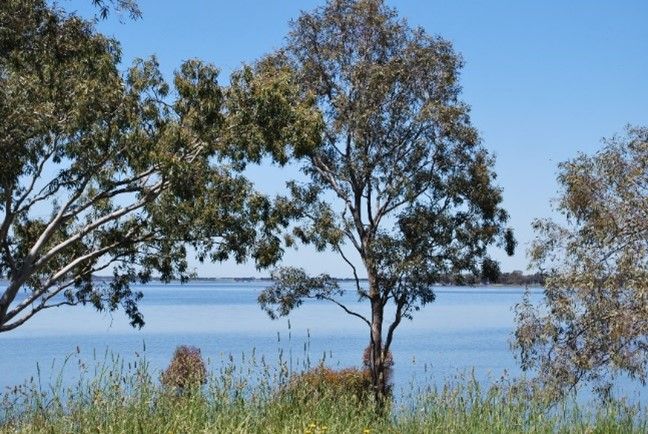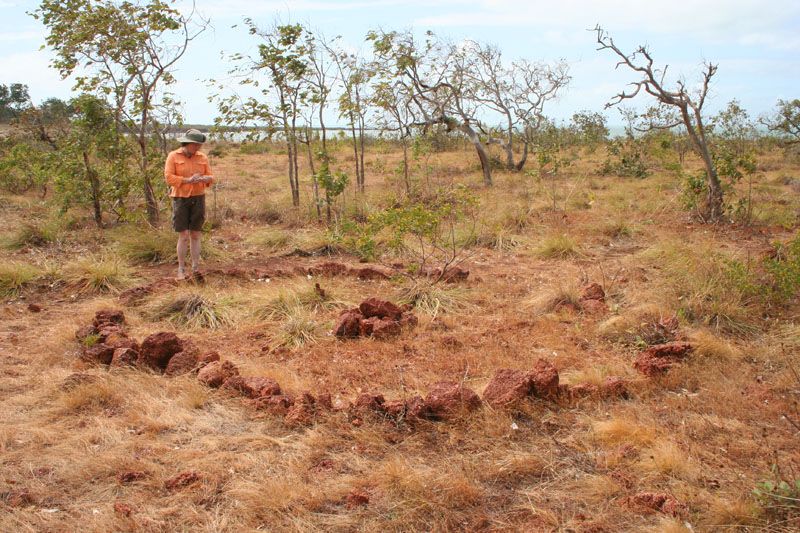Home/Curriculum resources/Reading and navigating through songlines/Case Study 5: Scar Tree at Heide Yingabeal, Victoria
Learning Areas:
English, Humanities and Social Sciences, Mathematics, The Arts
Year levels:
Level 3, Level 4

Case Study 5: Scar Tree at Heide Yingabeal, Victoria
This case study is a part of the Reading and navigating through songlines resource.
Scar Tree. Photographer: Gary Vines. Source: Wikimedia Commons. Used under licence: CC BY-SA 3.0.

Case Study 5: Scar Tree at Heide Yingabeal Victoria
One example of a scar tree is Yingabeal. In Woiwurrung language, ‘Yinga’ means sing or song and ‘beal’ being redgum tree – when put together can be translated to ‘song tree’;
a perfect name for a tree that served as a meeting place, where songs were sung, and where at least five songlines converged.
This tree is now on the site of the current Heide Museum of Modern Art, where it continues to be used as an important gathering place.

Yingabeal. Heide-Gardens (Heide Museum of Modern Art), Wurundjeri country. Photographer: John Gollings. Source: Heide Museum of Modern Art. Used with permission.
Yingabeal is a clear example of how scar trees can be used as key markers and points across the landscape for navigation. This scar tree is so important that it is protected by the Aboriginal Heritage Act 2006 and is estimated to be over 400 years old.
Yingebeal stands on the land of the Wurundjeri People, and the land overlooks the Birrarung (Yarra River), making this spot an important and natural meeting place for people.
On 6 October 2013, a ceremony was held at Heide Museum of Modern Art and the tree was given the name Yingabeal. The scar that bisects the middle of the tree trunk was likely used to produce a small canoe, which was used to travel the Yarra River, which provides food, water and a means of transport for Aboriginal Peoples, as it still does to this day for all people.
Ongoing work has continued to tell the story of this tree and its connection to Wurundjeri Woiwurrung People.

Related case studies within this resources:
Case Study 1: Bunya Nut Festival, Queensland
The Bunya Nut Festival is an illustration of navigation for ceremony and social interaction.

Case Study 2: The Lake Bolac Stone Arrangement, Victoria
The Lake Bolac Stone Arrangement is an illustration of navigation for ceremony and social interaction.

Case Study 3: Dampier Rock Art Precinct, Western Australia
The Dampier Rock Art Precinct is an illustration of navigation to a site of significance.

Case Study 4: The Wurrwurrwuy Makassan Stone Pictures, Northern Territory
The Wurrwurrwuy Makassan Stone Pictures is an illustration of navigation for trade.